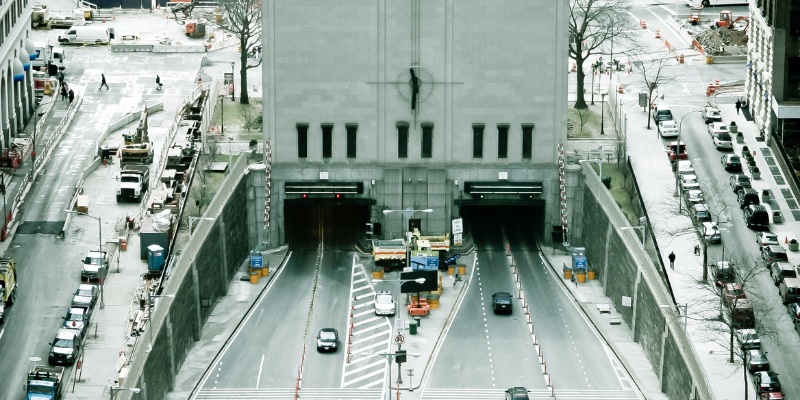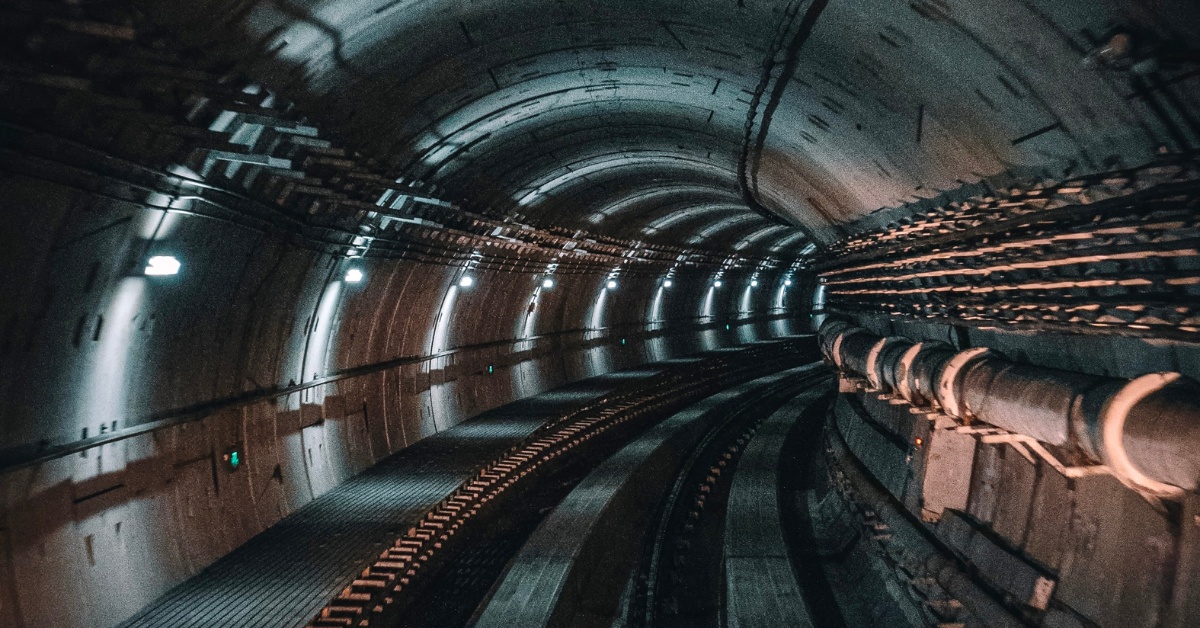The Ultimate Guide to the Hugh L. Carey Tunnel
The bustling metropolis of New York City thrives on its intricate web of transportation systems, connecting its vibrant boroughs and enabling the hustle and bustle that defines the city that never sleeps. One such vital link in this network is the Hugh L. Carey Tunnel. This subaqueous passageway provides a seamless connection between Brooklyn and Manhattan. This comprehensive guide delves into the history, features, benefits, and tips for using the tunnel effectively, ensuring your journey through its depths is as smooth as the waters above.
History of the Hugh L. Carey Tunnel
The Hugh L. Carey Tunnel, formerly known as the Brooklyn-Battery Tunnel, has a rich history dating back to the mid-20th century. Its construction, which began in 1940 and concluded in 1950, marked a significant milestone in developing New York City’s infrastructure.
The tunnel was renamed in honor of former Governor Hugh L. Carey in 2011, a tribute to his efforts in advancing the city’s transportation systems.



The Architectural Design
Architectural marvels often captivate our imagination, and the Hugh L. Carey Tunnel is no exception. Comprising two parallel tubes stretching beneath the East River, the tunnel is a testament to engineering prowess. Its unique design ensures efficient traffic flow, with each tube accommodating multiple lanes for both vehicular and pedestrian use.
Ventilation plays a crucial role in maintaining air quality within the tunnel. Massive fans and ventilation systems are strategically placed along the tunnel’s length to ensure continuous air exchange, maintaining a safe environment for travelers. These systems are designed to manage smoke and exhaust in emergencies, further enhancing passenger safety.
The uses of the Hugh L. Carey Tunnel are multifaceted for the city’s residents and visitors alike. Commuting through this tunnel offers a convenient alternative to the often-congested surface roads, leading to reduced travel times and lower stress levels for drivers. Imagine a morning commute from Brooklyn to Manhattan without the usual gridlock – the tunnel makes this possible.
The tunnel is a vital link between two of the city’s most prominent boroughs. The connection fosters improved connectivity, allowing people to easily traverse the cultural epicenter of Manhattan and the eclectic neighborhoods of Brooklyn. This accessibility ripple effect on local businesses and tourism, amplifying economic growth.
Tips for a Seamless Experience
Timing is key when using the Hugh L. Carey Tunnel. Plan your travels during off-peak hours, typically early mornings or late evenings, to avoid peak traffic. This guarantees a smoother journey and allows you to make the most of your time in the city.
For swift passage through the tunnel’s tolls, consider obtaining an E-ZPass. This electronic toll collection system eliminates the need for cash transactions, reducing wait times and streamlining your commute. The convenience of the E-ZPass cannot be overstated, particularly during busy hours.
Safety is paramount, so familiarize yourself with emergency procedures before entering the tunnel. Stay calm, follow instructions, and adhere to posted signage in emergencies. The tunnel has advanced safety measures to ensure you’re in capable hands.
Did you know the tunnel’s construction faced numerous challenges, including excavating underwater bedrock? Innovative construction techniques, such as giant caissons, enabled engineers to overcome these obstacles and create the remarkable passage we see today.
The Hugh L. Carey Tunnel doesn’t fall behind in an era where sustainability is a priority. The tunnel’s operations include initiatives to reduce emissions and minimize its ecological footprint. Implementing energy-efficient lighting, air quality monitoring, and pollution control measures underscores the commitment to creating a greener environment.
As the city evolves, so does its infrastructure. The Hugh L. Carey Tunnel is no exception. Plans for future upgrades and developments are already in motion. These initiatives aim to enhance the tunnel’s capacity, integrate advanced technology for real-time traffic management, and elevate the commuting experience for millions of travelers.
In the heart of the city’s vibrant transportation network lies the Hugh L. Carey Tunnel, a testament to human ingenuity and progress. This subaqueous marvel connects Brooklyn and Manhattan and serves as a conduit for economic growth and enhanced connectivity. As you traverse the tunnel’s tubes, take a moment to appreciate the decades of engineering expertise that have made this extraordinary passage a reality. Your experience with the Hugh L. Carey Tunnel is not just a drive; it’s a journey through time, connecting the past, present, and future of New York City’s ever-evolving landscape.

